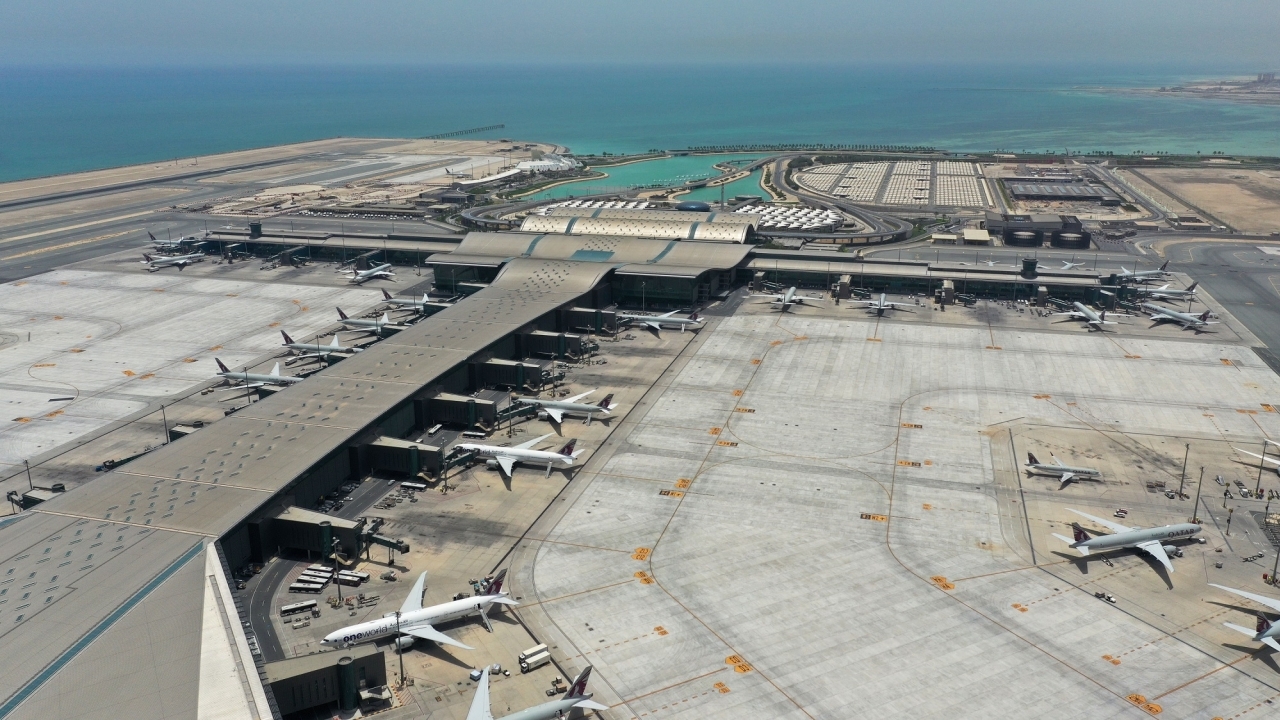Passenger traffic at DXB tops 7.9 million in January

DXB welcomed a total of 7,960,146 passengers in January, a small reduction of 1% compared to 8,037,008 recorded in January 2017 when passenger volumes were boosted due to Chinese New Year which fell in February this year.
South America was the top region in terms of percentage growth* during the month (22.6%), followed by CIS (19.7%) – with a bulk of the increase resulting from the surge on routes like Moscow, Baku, and Kazan among others, and Africa (6.4%) propelled by the launch of new services by Med View and Emirates on routes to Abuja and doubling of Emirates’ services to Lagos. In terms of passenger numbers, routes to the Indian subcontinent topped the list with 1,100,477 passengers followed by Saudi Arabia (650,822 passengers), and the UK (547,286 passengers).
London was the top destination city with 333,286 passengers, followed by Kuwait (231,956 passengers), and Mumbai (225,776 passengers).
Flight movements during January totalled 35,306 compared to 36,592 during the same month last year, a contraction of 3.5%. The average number of passengers per flight remained high at 232 during the month, an increase of 0.9% compared to 230 recorded in January 2017.
Freight volumes at DXB totalled 202,233 tonnes in January down 2.9% per cent compared to 208,271 recorded in January 2017.
“With passenger numbers nearing 8 million during the first month of the year, we’ve had a very encouraging start to 2018,” said Paul Griffiths, CEO of Dubai Airports. “What’s even more encouraging is that processes and technologies we have implemented recently are creating a smoother experience for our customers despite the high traffic volumes.
Anaylst Saj Ahmad said: “Despite the 1% reduction in January 2018 traffic over the same period a year ago, that Dubai International has still managed to handle almost eight million passengers at the start of the year demonstrates that even without events like the Chinese New Year, the airport is still adept to pulling in traffic.
“This is supported by the fact that there has been a 1% rise in the average number of passengers per flight, which in turn infers that the two biggest airlines operating out of Dubai International in Emirates and flydubai are catering with fuller cabin loads thanks to their organic expansion strategies.”
Ahmad added: “Going forward, Dubai International may have forecast only a slight increase in growth over 2017, however, with the fasting month of Ramadan arriving earlier this year, there is a higher chance that the summer season will bring much higher traffic as people look towards their summer getaways, particularly from Europe and Russia.”
Stay up to date
Subscribe to the free Times Aerospace newsletter and receive the latest content every week. We'll never share your email address.

